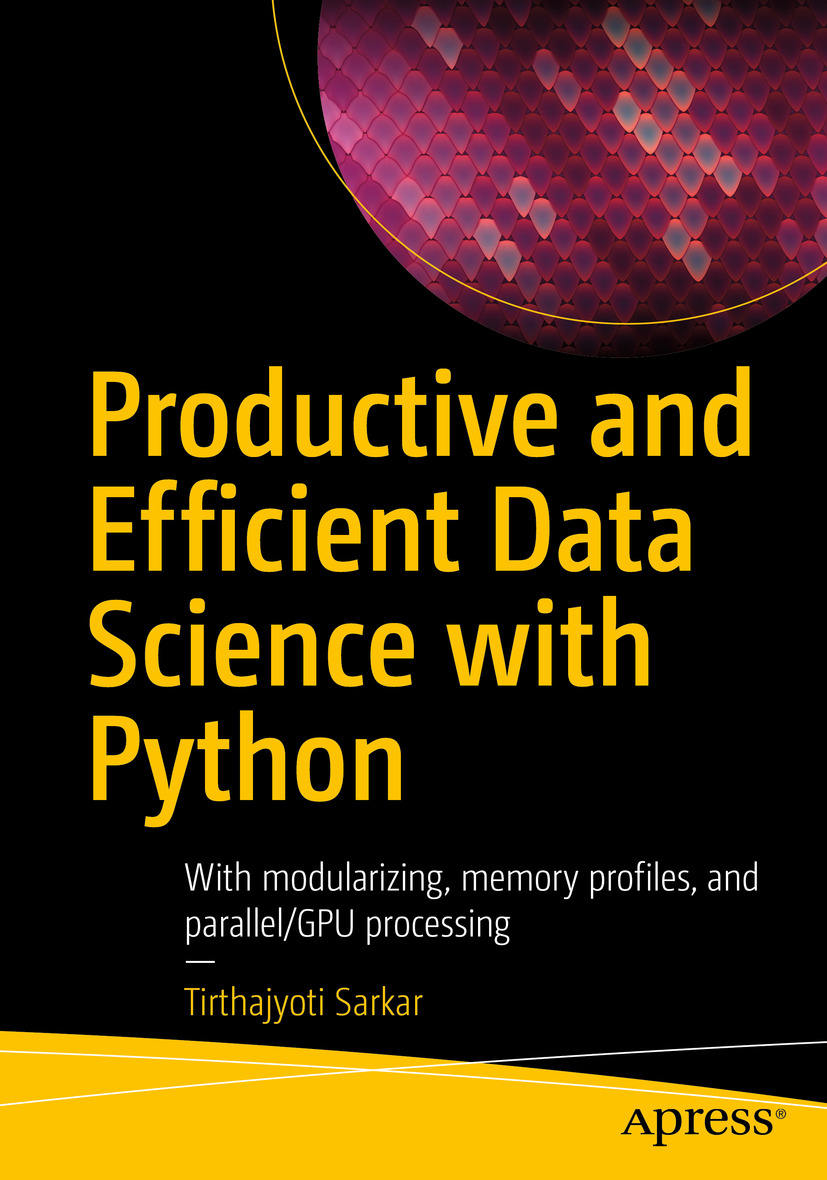Hello! This is Tirtha. I am an explorer.
I am working as VP, AI/ML, at Rhombus Power Inc., where I am building exciting and critically important solutions with AI, Data, and Math.
Before this, I was a Data Science and Solutions Engineering Manager at Adapdix Corp, putting the power of AI/ML on the Edge for Industry 4.0 and next-generation Smart Factory.
Even before that, I was a Sr. Principal Engineer developing power semiconductor technologies and applying AI/ML for semiconductor product/tech deveklopment at ON Semiconductor, also known as onsemi.
At its core, I translate customer business problems into data-driven problems and help build solutions.
- 🔭 Writing a book with Apress/Springer on the topic of "Productive and Efficient Data Science". You can pre-order the book here.
-
🔭 I’m currently working on: lectures/workshops, courses, and spreading knowledge on machine learning/statistical modeling. In particular, I serving as the Track Chair of "AI Optimization" track for the ValleyML AI Expo 2021. Also, I am developing course content for the ValleyML Fellowship program.
-
🌱 I’m currently learning: ML flow management tools, Ray serve and distributed computing, and how AI/ML applies to the various aspects of the Industrial IoT sector.
-
👯 I’m looking to collaborate on: Data science/ML books. Probably will use Jupyter Books and Leanpub platform
I publish highly-cited articles regularly on data science and machine learning topics, on leading platforms such Towards Data Science, KDNuggets, and Analytics Vidya.
I also teach IEEE/ACM workshops on data science/ machine learning.
My first data science related book Data wrangling with Python was published on February, 2019. In future, I wish to self-publish a second book about Hands-on mathematics/statistics for data scientists.
My open-source projects span the topics of,
- general data analytics,
- machine learning,
- deep learning,
- computer vision and image processing,
- math and statistics,
- synthetic data generation, etc.
I have published multiple Python packages related to data analytics and statistical modeling. See this page for my projects
Currently, in the organizing committee of ValleyML AI Expo 2021.
I served on the Technical Content Committee for the Open Data Science Conference (ODSC) West, 2020.
In 2015, I was elevated to the grade of Senior Member of IEEE for my contributions towards power electronics. I have authored/co-authored more than 25 peer-reviewed Transaction and Conference papers, 2 monographs/book chapters, and 4 U.S. Patents. Here is my Google Scholar Page.
I also serve on the technical program committee as Track/Topic chair in numerous IEEE conferences. I am the co-chair of the Semiconductor Committee of Power Supply Manufacturers' Association (PSMA).



















